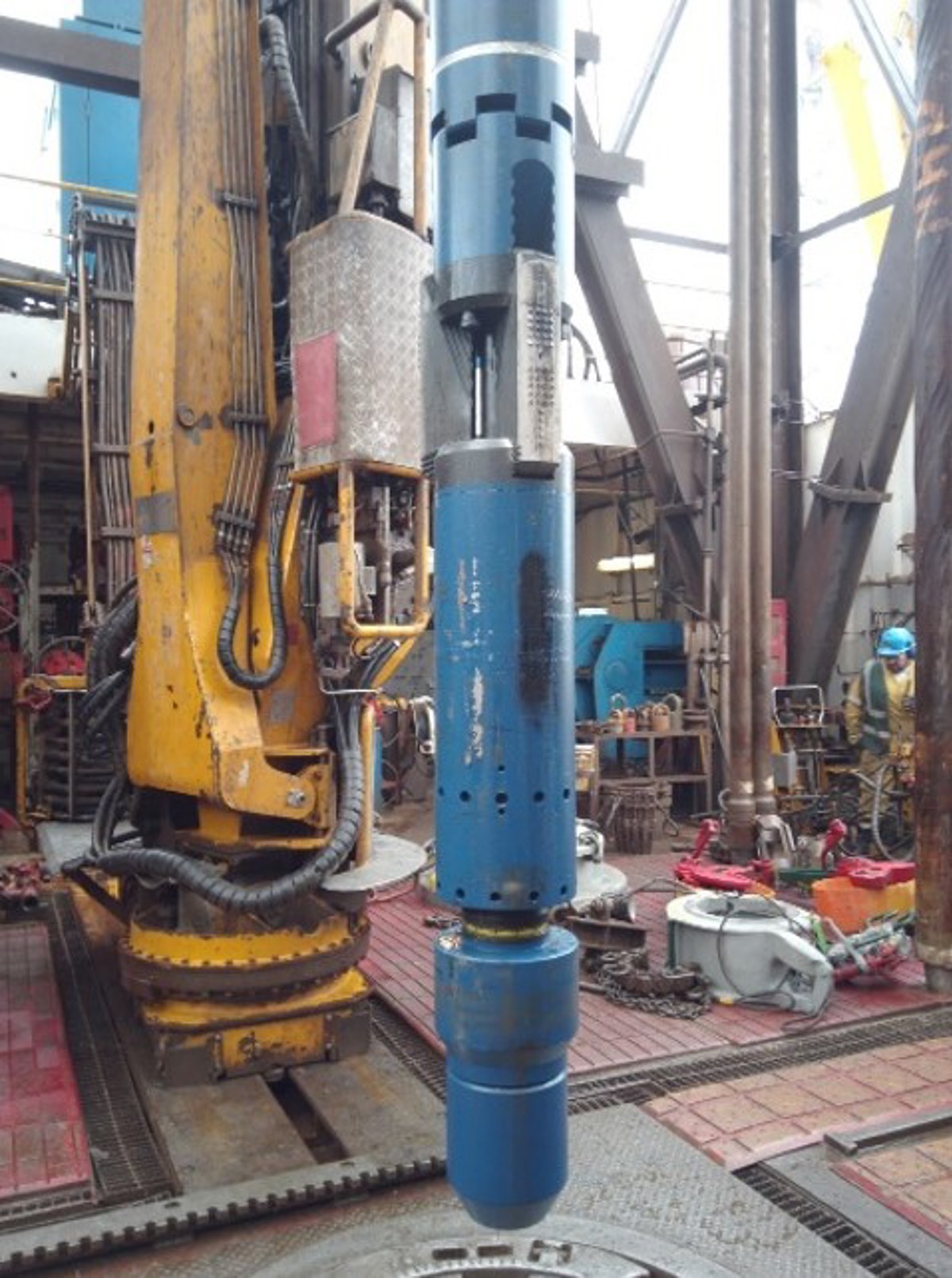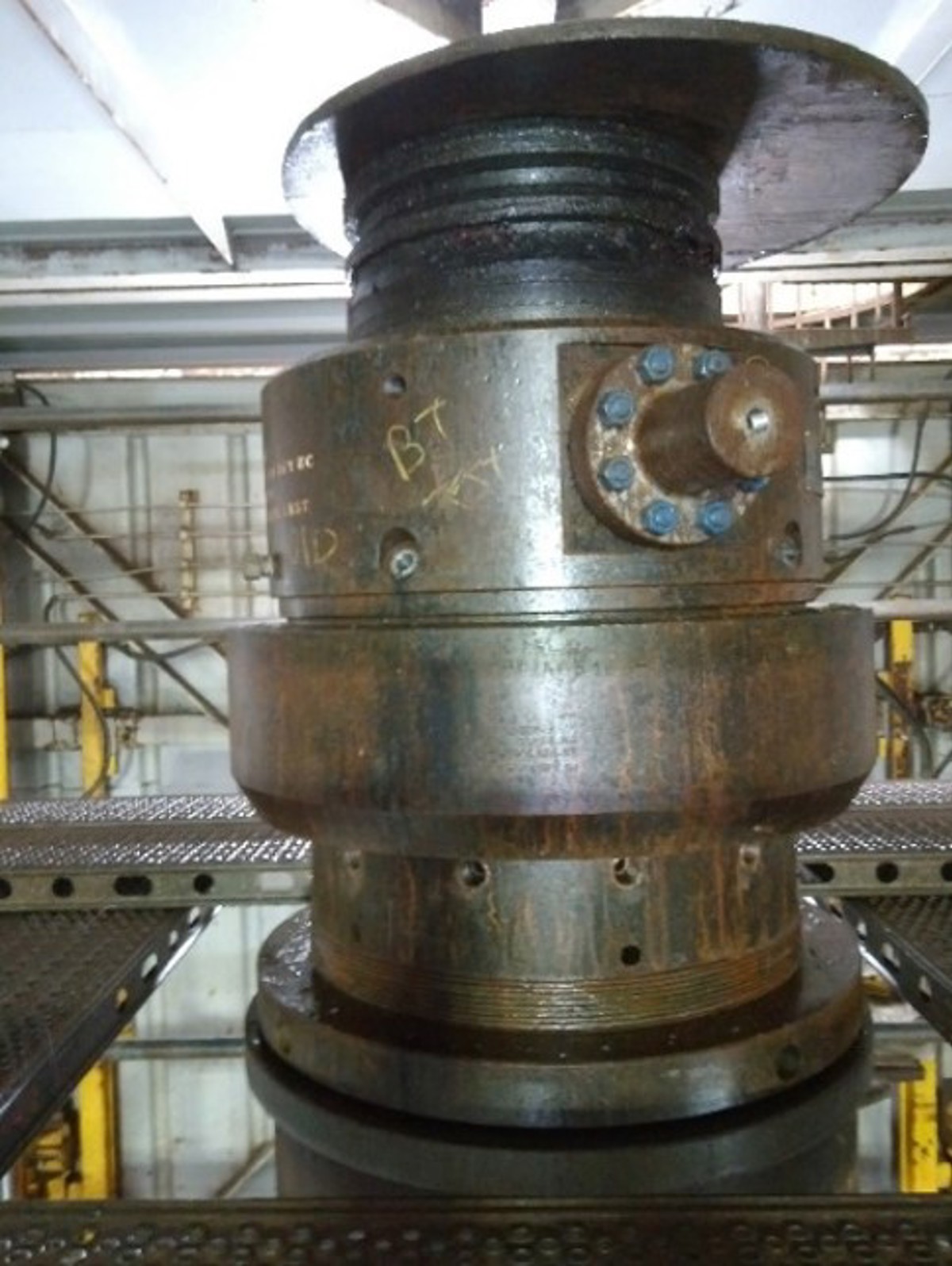IOGP: Dropped object with potential for injury – riser release
- Safety Flash
- Published on 12 May 2022
- Generated on 29 November 2025
- IMCA SF 12/22
- 2 minute read
Jump to:
IOGP have released Safety Alert 334 relating to a dropped object incident during drilling operations on a Jack-up Mobile Offshore Drilling Unit.
What happened?
Following running of the completion in a subsea well drilled from the jack-up, it was necessary to recover the 16″ riser.
While recovering the 16″ riser to surface, a drill-pipe deployed anchor tool, which was set inside the riser, prematurely released dropping the Riser approx. 14m and causing damage to the Subsea Wellhead Housing (WHH) sealing face. There were no injuries.
The anchor tool had been pull tested to 40K lbs to confirm engagement prior to releasing the riser.
What went wrong?
The load rating of the drill-pipe deployed anchor tool in operation was not as per advised value and it subsequently failed when a relatively modest load was inadvertently applied. (The tool prematurely released at around 35k lbs overpull, rather than the 114k lbs rated overpull).
Actions and recommendations
The damage to the wellhead sealing face was subsequently addressed and confirmed satisfactory.
IOGP recommends that during recovery of casing or riser, that the slip mechanism of the anchor tool is energised constantly by applying pressure and that the shear pins and ratchet mechanism are not solely relied upon as a means to ensure tool engagement.
Related Safety Flashes
-
IMCA SF 26/20
4 September 2020
-
-
IMCA SF 27/19
22 November 2019
IMCA Safety Flashes summarise key safety matters and incidents, allowing lessons to be more easily learnt for the benefit of the entire offshore industry.
The effectiveness of the IMCA Safety Flash system depends on the industry sharing information and so avoiding repeat incidents. Incidents are classified according to IOGP's Life Saving Rules.
All information is anonymised or sanitised, as appropriate, and warnings for graphic content included where possible.
IMCA makes every effort to ensure both the accuracy and reliability of the information shared, but is not be liable for any guidance and/or recommendation and/or statement herein contained.
The information contained in this document does not fulfil or replace any individual's or Member's legal, regulatory or other duties or obligations in respect of their operations. Individuals and Members remain solely responsible for the safe, lawful and proper conduct of their operations.
Share your safety incidents with IMCA online. Sign-up to receive Safety Flashes straight to your email.

